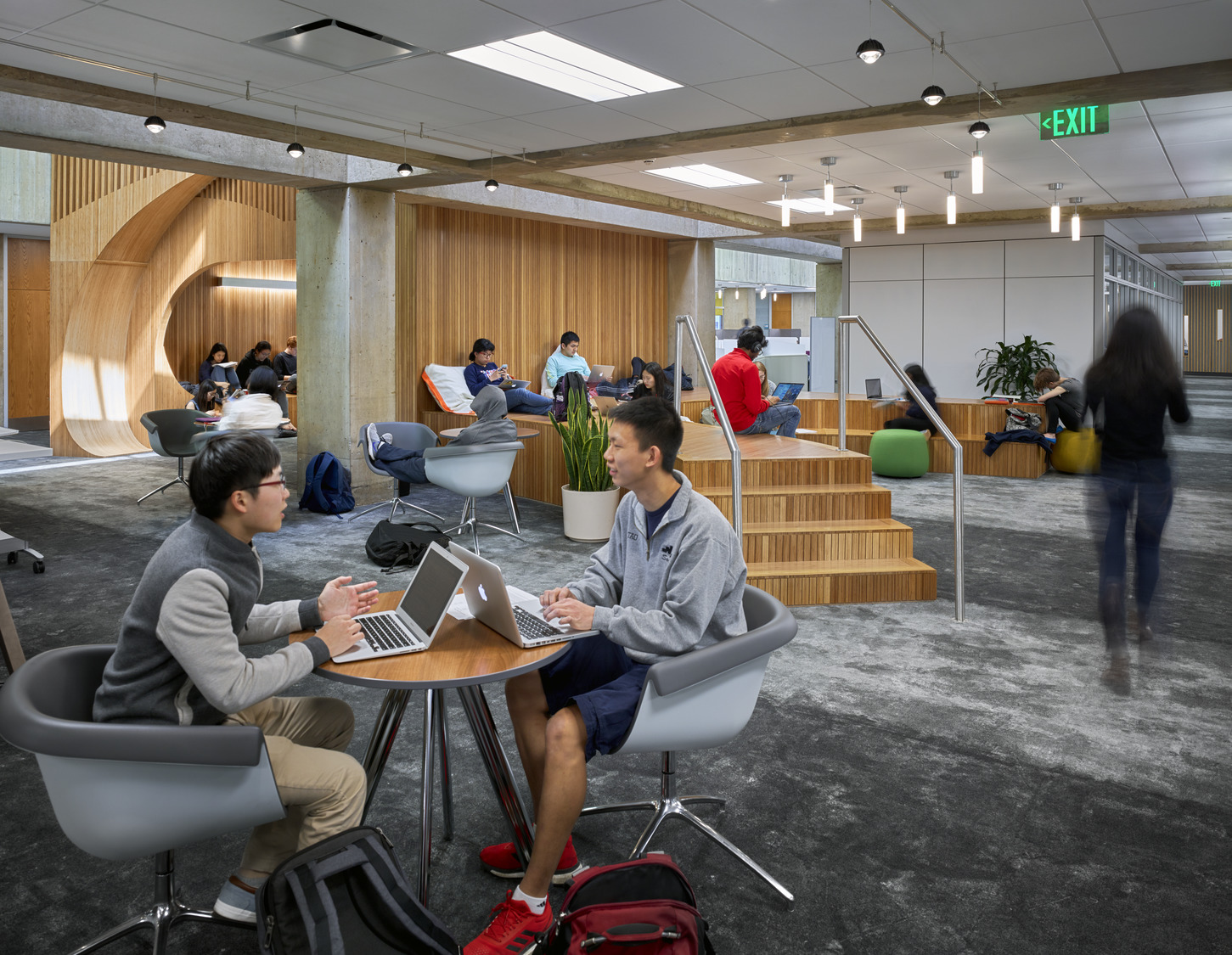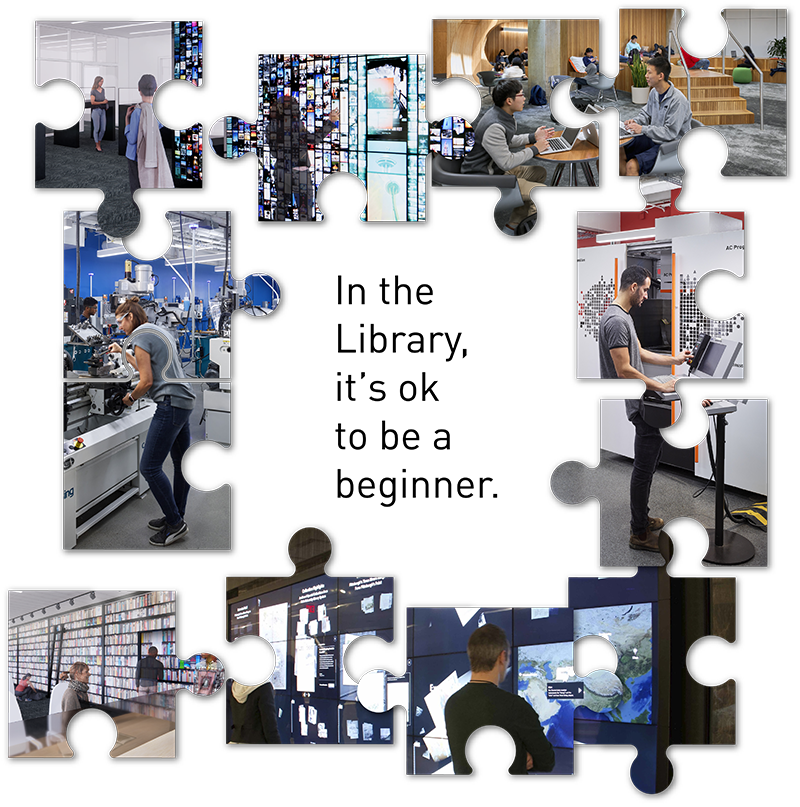Insights
Aug 17, 2021 _ insights
A left brain and a right brain walk into a library…
Students commonly recognize that the university library is an essential part of their experience. But in addition to providing comfortable, inviting space for independent and collaborative study, the library is the best location to house programs and curriculums that provide training for and encourage the use of modern technology through creative, project-based work. As a neutral space that serves no single department and all disciplines, it welcomes everyone. It’s where humanities and arts students mix with STEM students, and an interdisciplinary curriculum can draw from the talents of professors across departments, supported by the expert resources of skilled librarians. In this environment students can access and exercise their left and right brained impulses to produce meaningful work.
Carnegie Mellon University’s Integrative Design, Arts, and Technology program (IDeATe) is a model for this, enhancing the student experience and nurturing creative exploration and research. In addition to its interdisciplinary value, IDeATe has been described as a lifeline for self-described student misfits, who may struggle to find their place and their passion on campus. Located in the University’s Hunt Library, the multi-disciplinary program optimizes the library’s strengths to help students recognize and enhance their own capabilities. The curriculum weaves together technology and arts to train students to excel in creative, collaborative problem solving that requires the application of skills and knowledge. IDeATe’s offerings powerfully engage the student in a process of learning and tinkering; the setting offers a low barrier to entry by making tools and instruction accessible in a non-intimidating environment; and the experience of making fulfills a desire for creative production. The program reinforces commitment to discovery and amplifies confidence in students, significantly uplifting those who are challenged by the transition between high school and college and the demands of declaring a major.
IDeATe spaces include what are typically described as ‘makerspaces,’ including 3D printing and laser-cutting studios, physical computing studios, woodshops, VR labs and fabrication spaces. What differentiates the Hunt Library IDeATe spaces is the curriculum and the faculty that engage students in an intentional program of education and projects to practice and develop skills. The project-based approach reinforces the learning, leading to tangible outcomes, whether it be developing an experiential computer game, to a kinetic device, or an inflatable wearable garment. Centering this in the library makes all the difference: It’s already a meeting space with the tools, the expert guidance, and the freedom for trial and error.
The combination of creative ideation and innovation in the technological sphere has been called a lifeline for students who are increasingly feeling pressure to perform.
Refiberd, a startup company built around eliminating textile waste through the development of a thread made entirely of recycled product was launched from IDeATe. Co-founder and CEO Sarika Bajaj developed her interest in textiles and discovered her joy for making through IDeATe. Working with professors in varied disciplines such as multi-media art and civil and environmental engineering, along with a librarian specialized in design, Sarika nurtured a passion and an idea that is not only marketable but will better the world. She articulated the value of the program along with the advantage of its being housed in the library:
- IDeATe gives more students access to tools. Makerspaces in departments are, or feel like they are, only for the students of those departments. In the library, these tools are available to everyone.
- The library is already a meeting space.
- Project work can be displayed in the library to be viewed by the full community. This attracts people across disciplines.
- The work produced in IDeATe is research, which the library is essential to supporting.
- Doors don’t close at the library.
- So much interesting work is being produced as part of the program!
The combination of creative ideation and innovation in the technological sphere has been called a lifeline for students who are increasingly feeling pressure to perform. The program offers an opportunity to propel innovation by initiating connections across the diverse range of campus talents, encouraging the creative instincts and the social conscience of Generation Z.
 In the library, it’s ok to be a beginner. It’s ok to be terrible at something before becoming knowledgeable and skilled. STEM industries and Humanities experts agree that the future of successful science-based innovation relies upon a collaboration between right and left brained skillsets. Universities have an opportunity to actively use the library for programs that cross departments and disciplines; optimize the expertise of librarians; and support the tradition of inspiration, service, and exploration that the library offers to the entire academic community.
In the library, it’s ok to be a beginner. It’s ok to be terrible at something before becoming knowledgeable and skilled. STEM industries and Humanities experts agree that the future of successful science-based innovation relies upon a collaboration between right and left brained skillsets. Universities have an opportunity to actively use the library for programs that cross departments and disciplines; optimize the expertise of librarians; and support the tradition of inspiration, service, and exploration that the library offers to the entire academic community.




